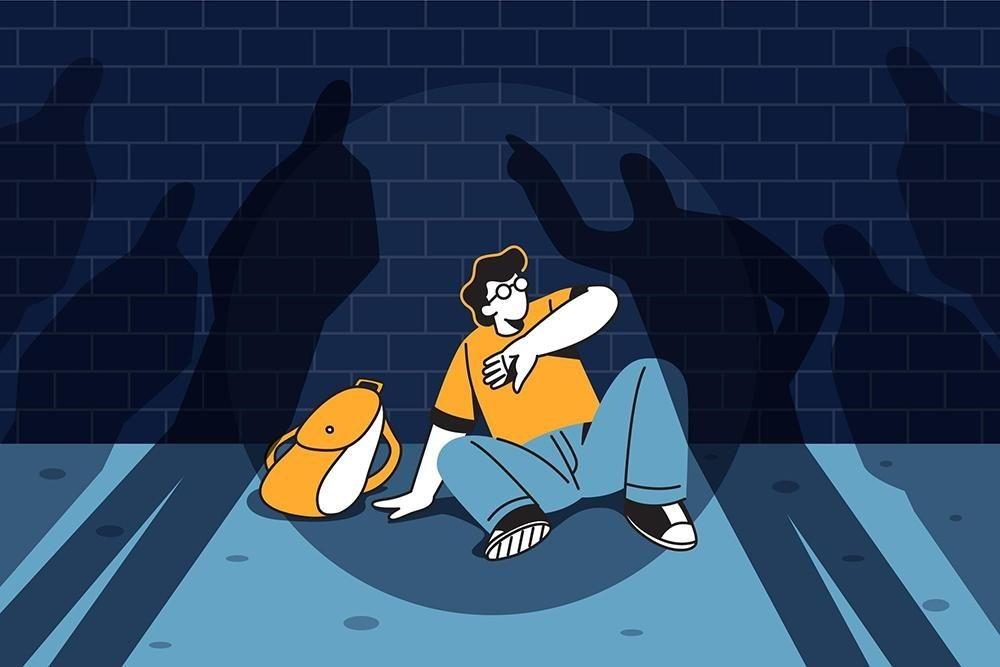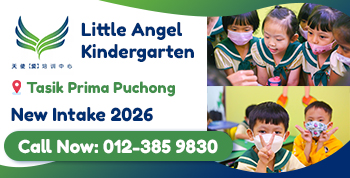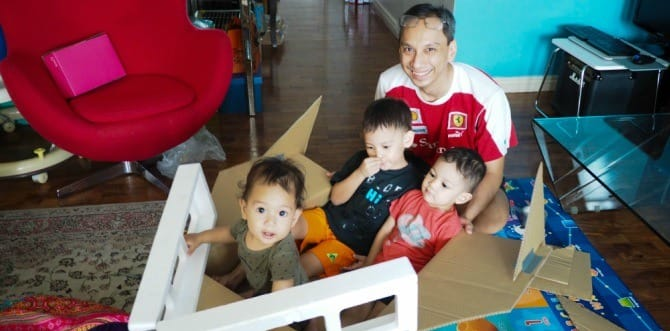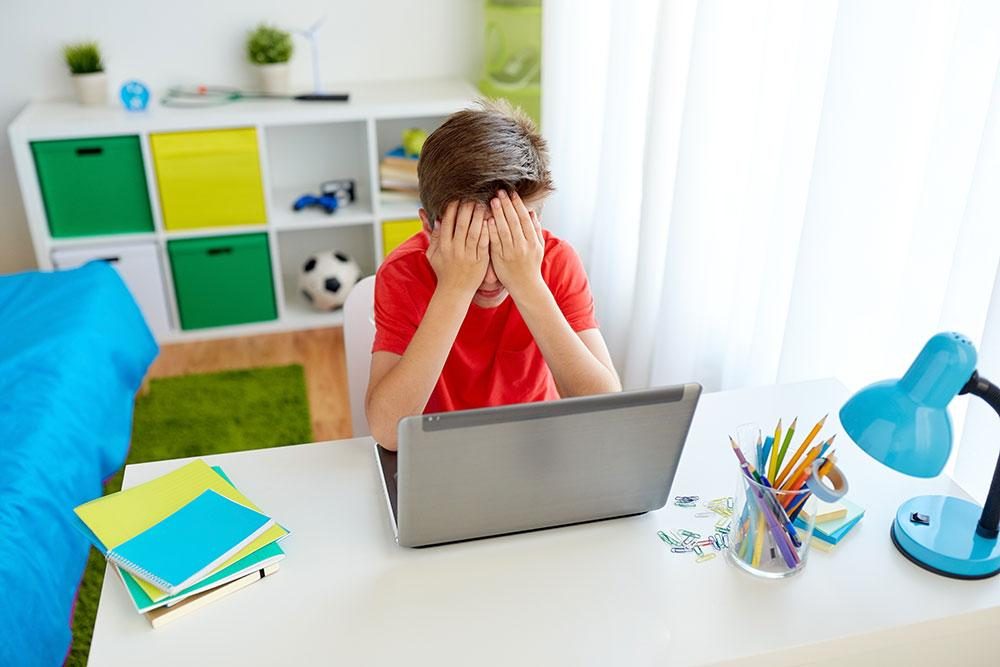How to Talk to Parents about Bullying
by on 02/08/2025 ...

The hurt caused by childhood bullying persists into adulthood. Bullying undermines how safe and supportive the learning environment is for students.
As a school leader or teacher, dealing with bullying means having difficult conversations. How do you inform a parent that their child is being bullied? How do you respond if a parent tells you that their child is being bullied in your school? Let’s discuss.
What is bullying?
Teasing one another and playing rough are part of childhood friendship. It’s perfectly harmless when comes from a friendly, playful place. However, when it’s clearly one-sided and mean-spirited, it becomes bullying. It can be deeply hurtful, especially when the bullying occurs repeatedly and consistently.
A study on Childhood Bullying: Exploring the Long-Term Effects defines bullying as:
- Physical bullying: This includes fighting that can take the form of hitting, kicking, pinching, or pushing. In some cases, physical bullying may also include damage to a child’s personal property.
- Verbal bullying: This is when people use name-calling, insults, teasing, verbal intimidation, or homophobic or racist remarks to tease or harass children.
- Social bullying: Instead of direct harassment or intimidation, social bullying targets a child’s reputation and social standing instead. This encourages others to ostracize or embarrass certain children unkindly.
- Cyberbullying: This can happen over digital and social mediums. By using technology as a means to communicate with and harass children, cyberbullying includes aggressive or hurtful text messaging, emails, or social media posts.

Childhood Bullying: Exploring the Long-Term Effects
Signs that a child is being bullied
It can be difficult to keep a close eye on every single student, especially if class sizes are big. This is where consistent home-school communication can be greatly helpful.
Keeping in touch with parents regularly – even through something as small as giving them classroom updates – lets families know that they have someone to reach out to. This can help with early detection of bullying.
Parents may feel inclined to bring up:
- changes in their child’s behaviour
- their child displaying anxious, depressive, or moody behaviour
- changes in their child’s appetite and hobbies that have nothing to do with health
- their child being uncharacteristically avoidant of school

Having an open line of communication encourages parents to share about how the students’ time off from school has been. This can take the form of a survey, if you have specific questions in mind, or this can simply be an optional “open-door policy”. Actively letting parents and students know about this communication channel can establish an open and trusting relationship. It can especially be important to take note if your students are going through a rough patch or need extra support.
Informing parents that their child is being bullied
This is a delicate subject to broach. Any parent would feel protective over their child, so this is likely to be an emotionally charged session. It’s important for you to be compassionate and understanding.
Explain how you plan to support the bullied student
This involves explaining your school’s policy on bullying and going through the concrete steps you will take to help the bullied student.
Steps such as:
- Helping the student minimise contact with their bully
- Reaching out to the bully and the bully’s parents
- Creating opportunities for the bullied student to socialise with other students
- Anti-bullying curriculum / class activities to educate the students on why bullying is unacceptable and how to seek help

Ultimately, parents want to know that their child feels safe in school. So, your goal is to reassure parents that you’re willing and able to work with them to help the bullied student.































